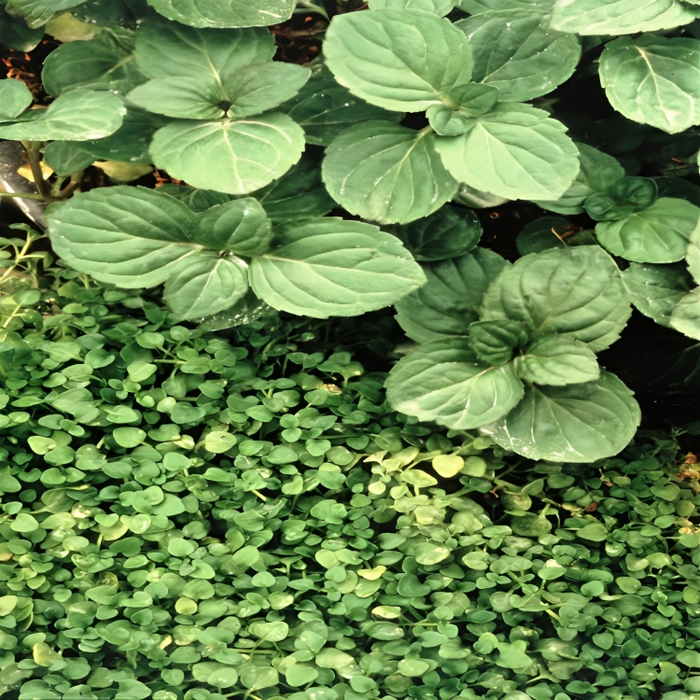
Fragrant Ground Cover Flower Seeds
Save 50%
Original price
$10.00
Original price
$10.00
-
Original price
$10.00
Original price
$10.00
Current price
$4.99
$4.99
-
$4.99
Current price
$4.99
Cover your garden in a blossom blanket with our Fragrant Ground Cover Flower Seeds. Cultivate these seeds to enjoy a ground cover that not only adds a burst of color but also releases a soothing and aromatic scent, creating a truly enchanting space. These seeds yield flowers that form a fragrant ground cover, creating a scented trail that elevates the ambience of your garden.
Details:



